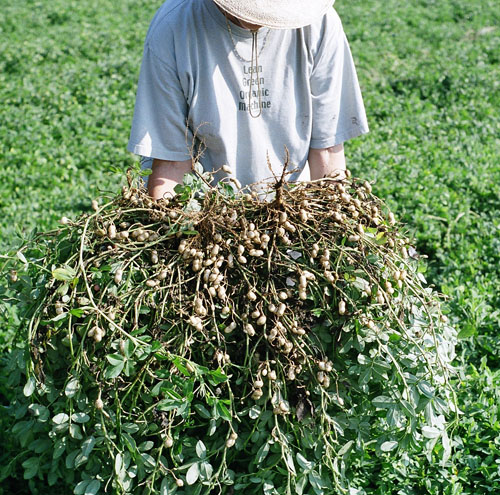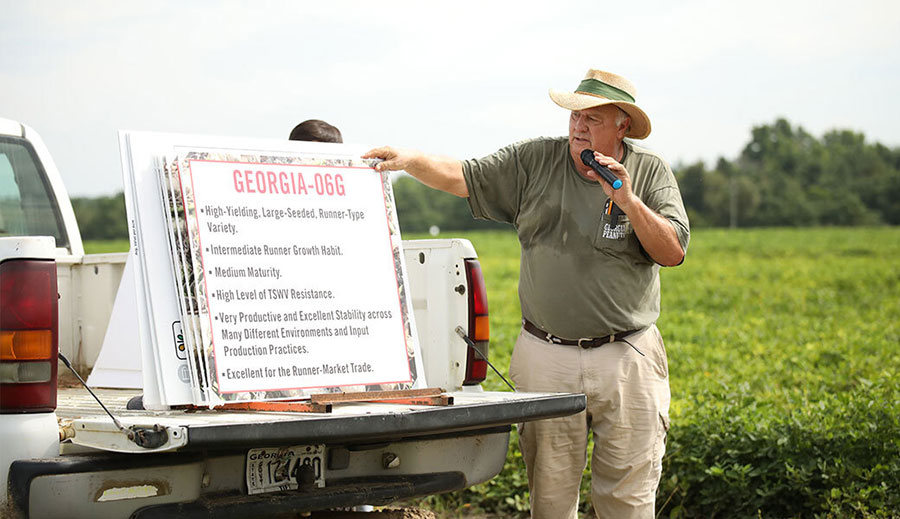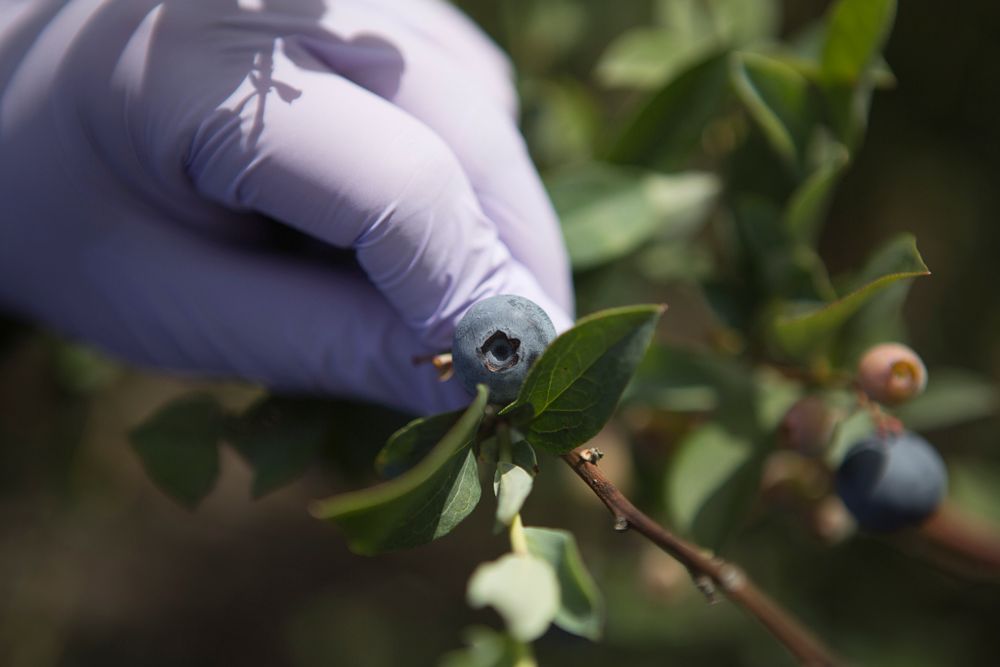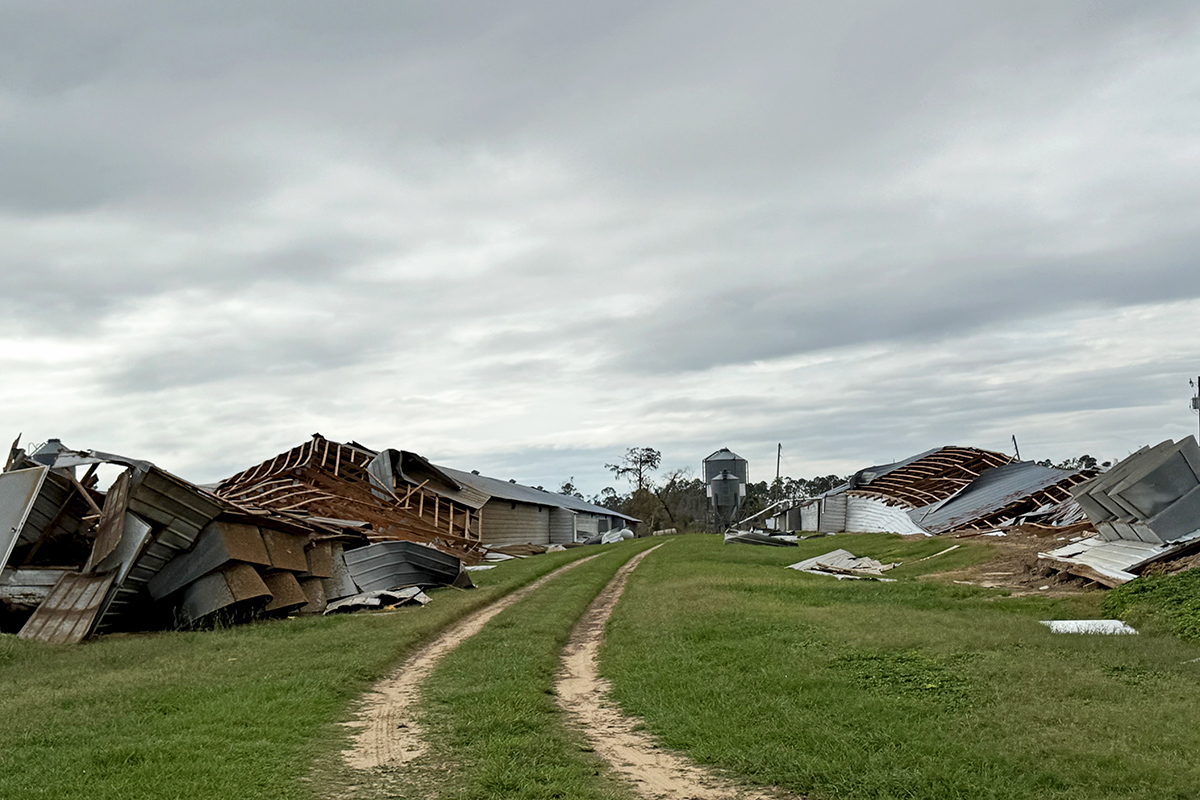Growing organic peanuts throughout the Southeast, although challenging, is no longer impossible. The key is careful timing when planting and frequent mechanical cultivation during production.
Six years of on-farm research and university experiment station trials in Georgia and the Carolinas, funded by Southern Sustainable Agriculture Research and Education grants, show that farmers can grow organic peanuts and yield a respectable 3,000 pounds or more per acre.
Plan carefully for success
It takes some careful planning and intensive production practices to make it work, said Mark Boudreau, a public service assistant with University of Georgia Cooperative Extension and one of the project leaders.
“Peanuts are practically synonymous with the Southeast. Over 80 percent of the peanut production comes from the region, but when it comes to organic, nearly all of the production is in Texas and New Mexico,” said Boudreau, a faculty member in the UGA College of Agricultural and Environmental Sciences biological and agricultural engineering department. “There is a huge demand for organic peanuts. There is no reason why the Southeast can’t get in the game.”
Boudreau said that growing organic peanuts in the Southeast poses two challenges: Control of insects, diseases and weeds during production and the lack of infrastructure in the region to shell organic peanuts and the ability to sell them on a large scale to processors.
Controlling pest and weed problems
The team of researchers and farmers in Georgia and the Carolinas conducted on-farm trials and controlled experiments to develop a system for organic peanut production. They focused on pest management and weed control.
They found insects could be controlled through irrigation. But, thrips would require foliar sprays of an organic insecticide, spinosad. Planting resistant varieties and using organic sprays if necessary can manage post-establishment diseases.
“That was the easy part,” Boudreau said. “The overwhelming limitation was weed control. When the crops failed, it was generally because of weeds.”
Boudreau said one way to overcome some weed pressure is to get a good stand of organic peanuts established quickly, long before weeds show up.
“A farmer needs to know his farming system. He needs to know the land and the weather,” he said. “The saying goes that if you see a weed, then it’s already too late.”
Production guide to be printed, sheller found
Ultimately, the project investigators recommend intensive mechanical cultivation as the key to controlling weeds in organic peanut fields.
The project wrapped up this year and the researchers now plan to develop an organic peanut production guide as a result of their findings.
The next challenge for organic peanut producers is finding places in the Southeast to shell their crop, Boudreau said.
“The biggest road block to organic peanut production is the lack of certified organic shellers,” Boudreau said. “But it’s inevitable that there will be an organic peanut industry in the Southeast. All it’s going to take is one certified organic sheller to turn the tides.”
Other project participants include Clemson University Edisto Research and Education Center, USDA-ARS Coastal Plain Experiment Station, and North Carolina State University. For more on the final report, visit SARE’s website at www.sare.org.








